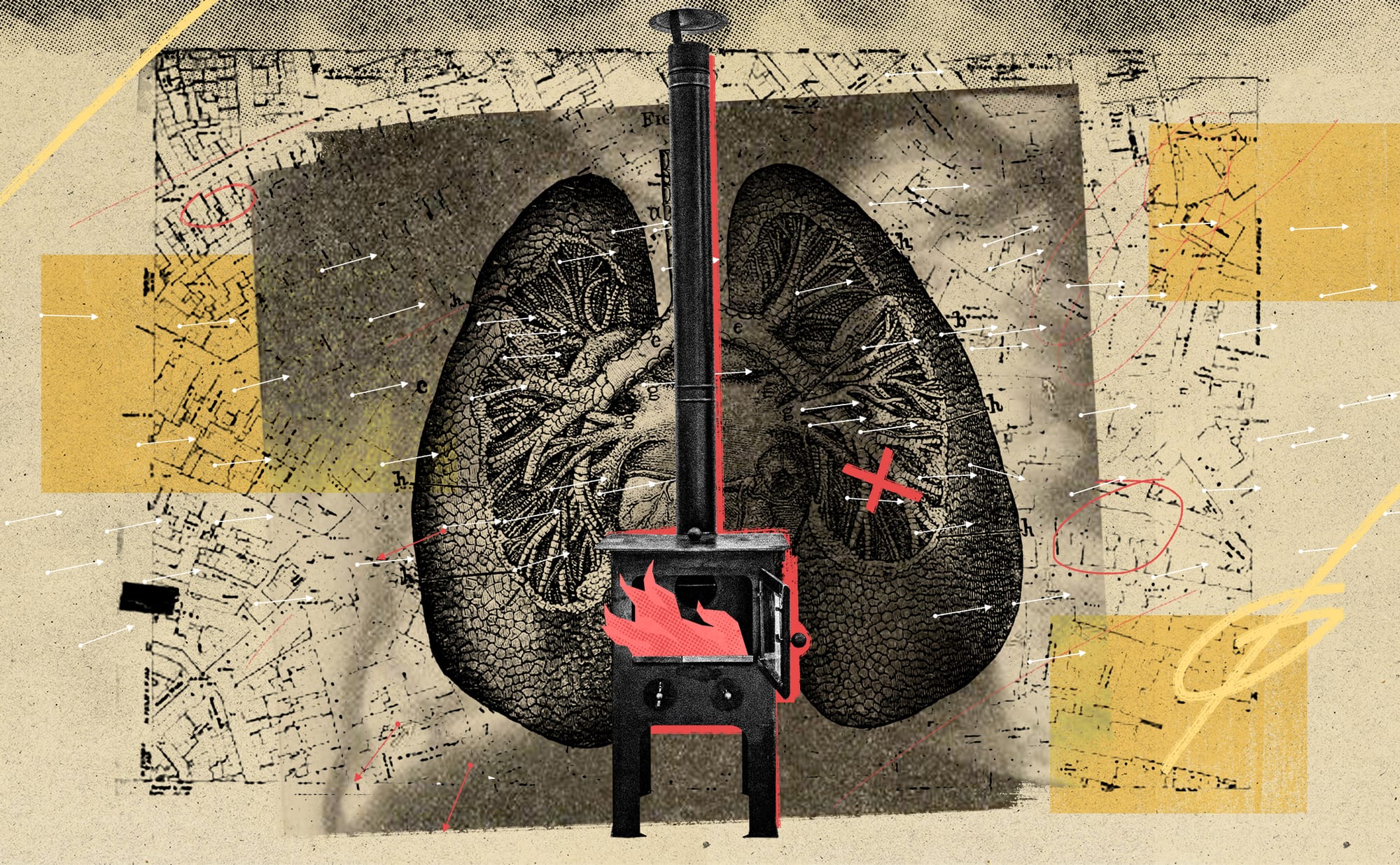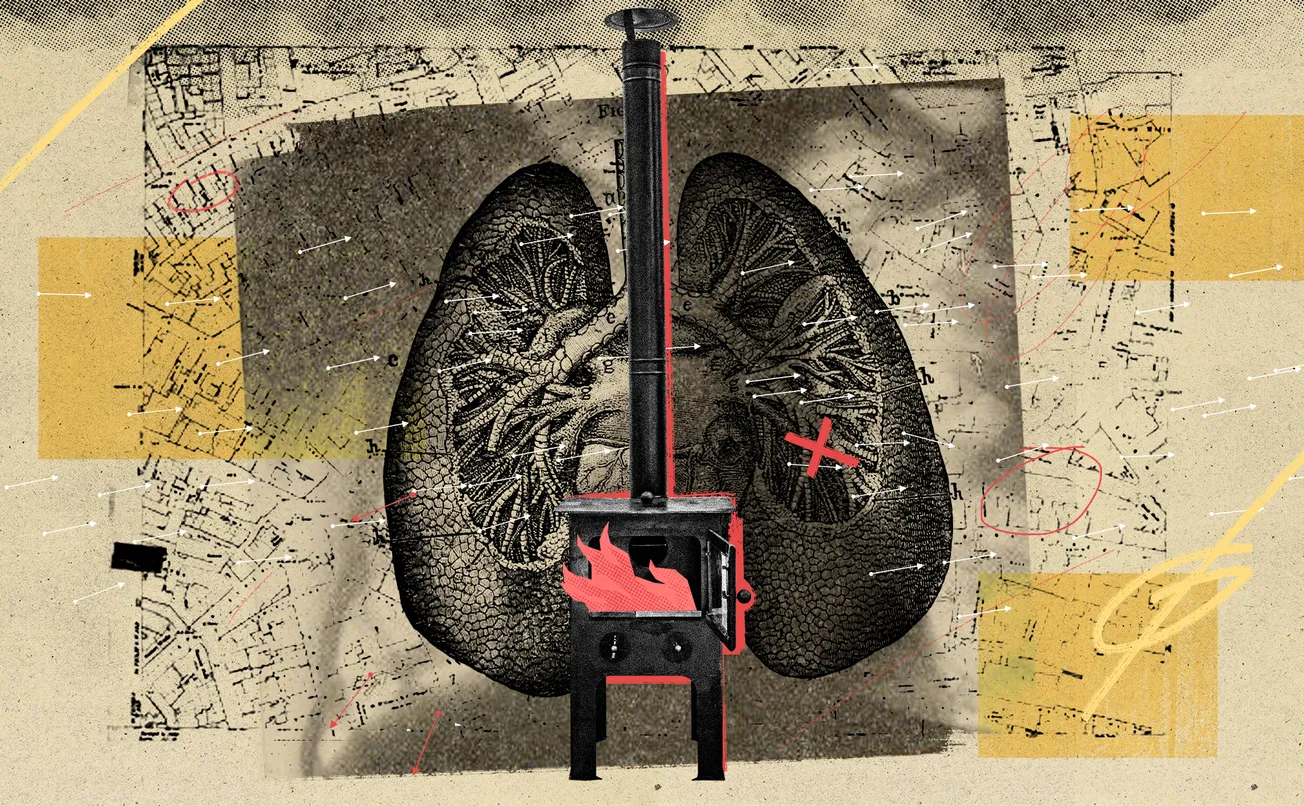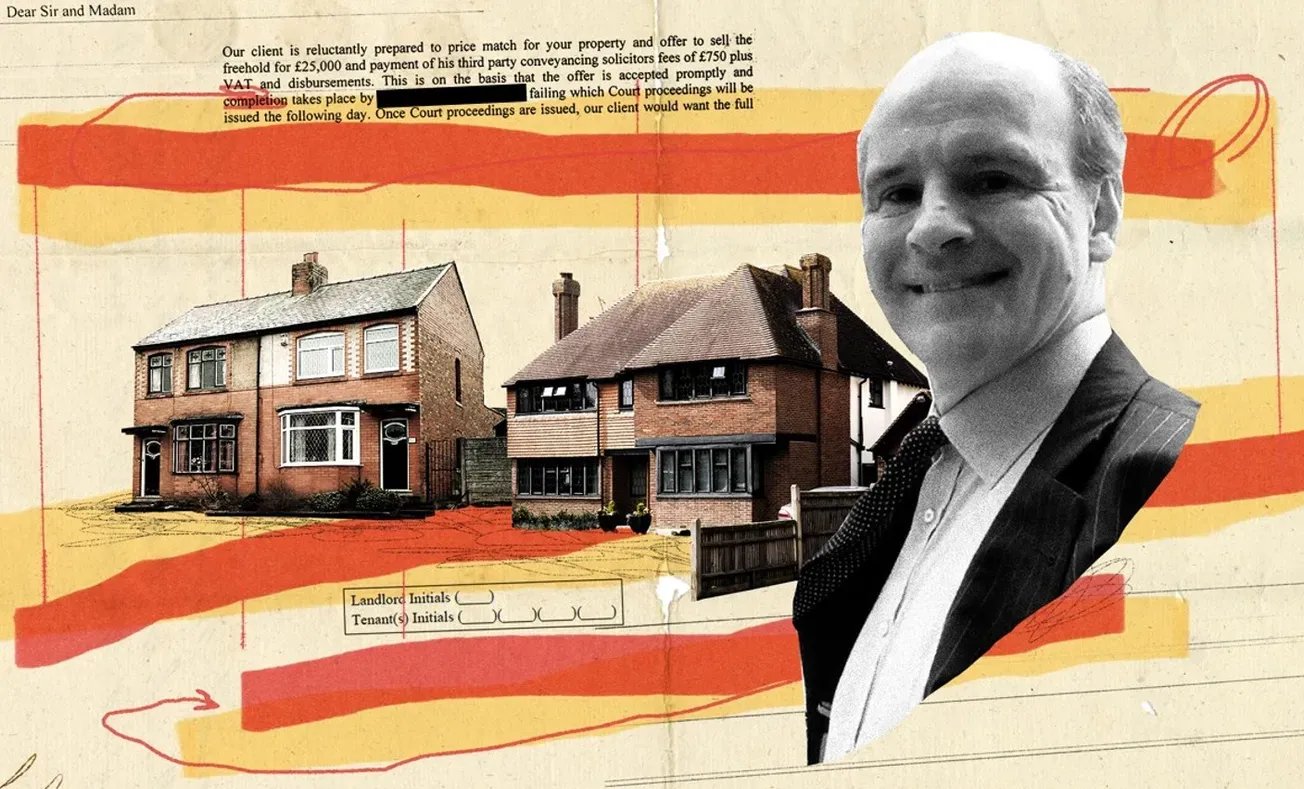Today's piece is for members only - non-paying subscribers can only read the first couple of paragraphs. Why not join today? It's only £4.99 for the first three months with our spring deal, or a pound a week. That's coming to an end at the end of May, so get it now before it goes.
People don’t want to cause harm. That was the title of The Tribune’s 2022 article on the growing concern around air pollution created by wood-burning stoves. The article heralded the launch of a new online alert system, but three years later, Burner Alert is no longer functional, and wood-burning stoves are still very much de rigueur. Find any recently renovated house in the city listed for over £500,000 on Rightmove, and the chances are it will have a sleek, modern stove. And if it hasn’t been renovated, it probably has an open fire with a homely stack of logs next to it.
Sheffield City Council estimates that 1 in 20, or 5%, of Sheffield deaths are linked to poor air quality. That is quite a staggering figure, yet there is a sense it is too abstract a problem to register on people’s radars. If your loved one's death was contributed to by air pollution, you're very unlikely to know it.
It's a complex problem with a wide range of causes. Sheffield’s primary focus in recent years has been on tackling Nitrogen Dioxide (NO2). The Clean Air Zone may not have been warmly welcomed by all motorists, but its positive impact on air quality is demonstrated in the council’s data, which highlights impressive reductions in NO2 levels across all monitoring locations.

Wood burning is a major source of a different yet equally important pollutant: small particulate matter (PM), which essentially means specks of dust, dirt, soot, smoke, and liquid. Particulate matter is separated into two categories dependent on the size of the particles. Wood-burning generates large amounts of PM2.5, the smaller of the two categories — and arguably the most dangerous, as its size allows it to reach deep into the lungs and also enter the bloodstream. It is associated with a range of significant health conditions, including asthma, cardiovascular disease, and lung cancer.
Government sources state that homes burning wood indoors contributed 11% of total PM2.5 emissions in 2023. This was less than vehicles — 21% — but whereas vehicles are spread around the country, the same cannot be said for wood-burning stoves. This is especially true in Sheffield.
Comments
How to comment:
If you are already a member,
click here to sign in
and leave a comment.
If you aren't a member,
sign up here
to be able to leave a comment.
To add your photo, click here to create a profile on Gravatar.







